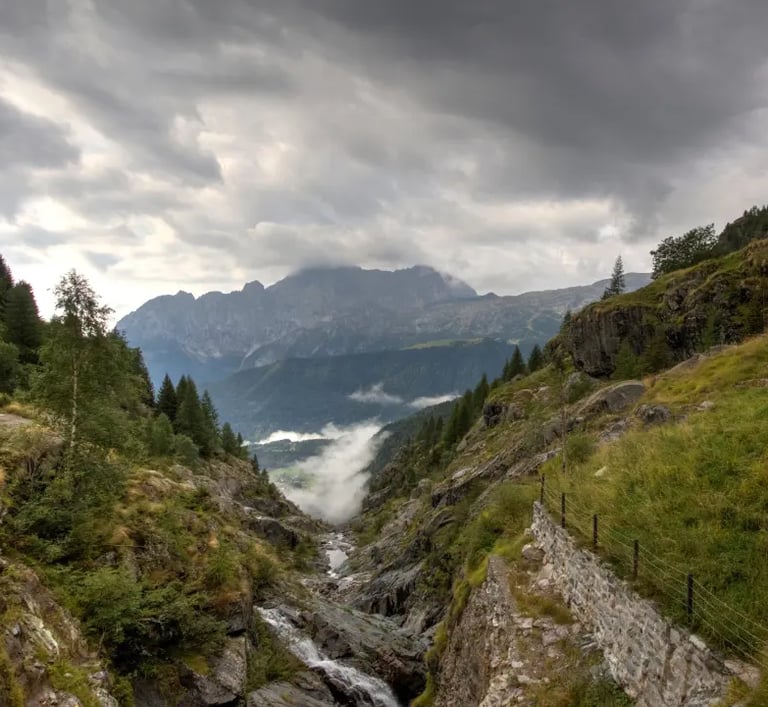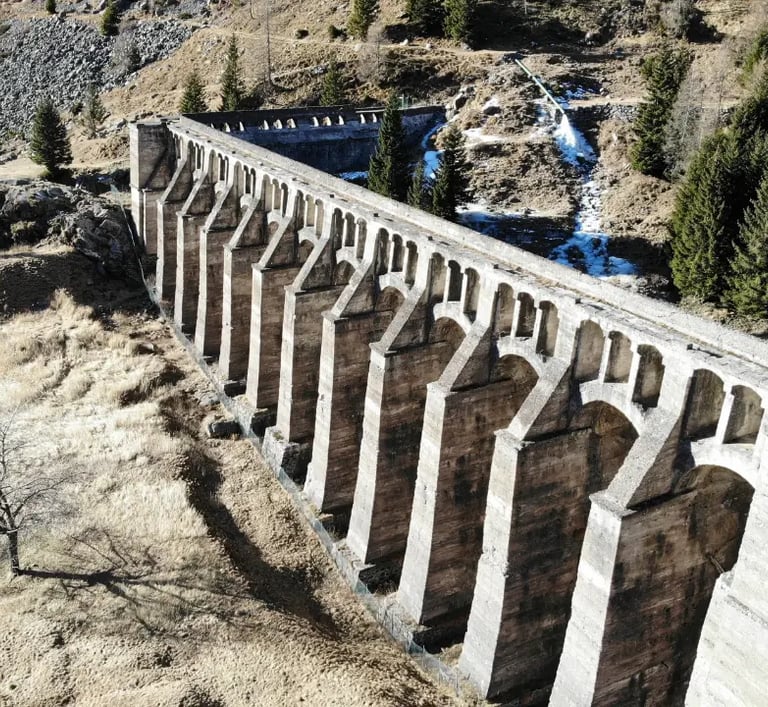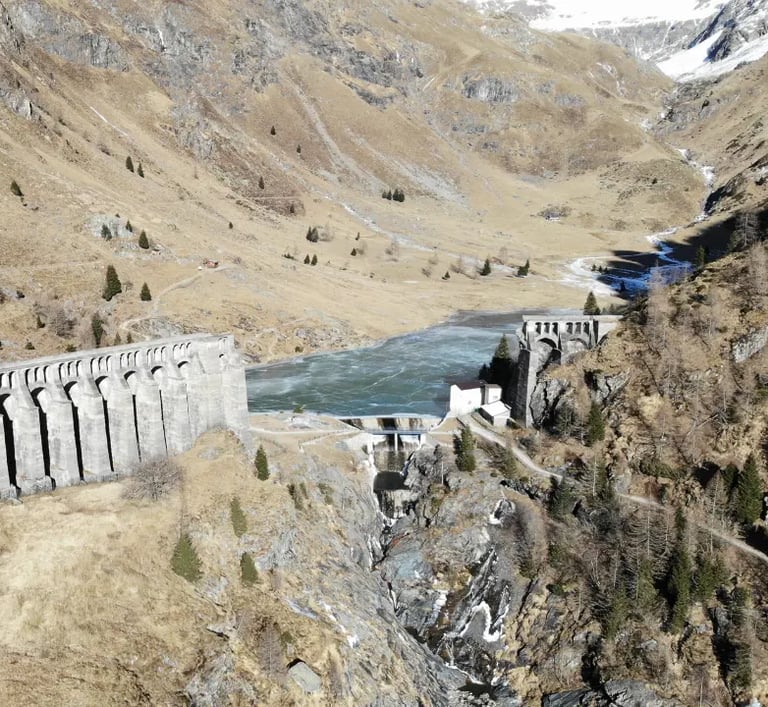The Broken Dam of Gleno – Tragedy Turned Monument in the Bergamo Alps
Hike to the ruins of the Gleno Dam in Val di Scalve, near Bergamo: a haunting monument to the 1923 collapse that claimed 350 lives, now surrounded by serene meadows and alpine views.
LOMBARDIA






Region: Lombardy
Province / Nearest City: Bergamo / Vilminore di Scalve
Attraction Name: The Broken Dam of Gleno – A Monument to Tragedy and Nature
Address: Diga del Gleno, 24020 Vilminore di Scalve (BG), Italy
Distance from Major City: About 110 km from Milan (2 hours by car), 55 km from Bergamo (1 hour 20 minutes).
How to Get There:
By car: From Bergamo, drive toward Val di Scalve following signs to Vilminore. Park in the hamlet of Pianezza (Vilminore di Scalve). From there, a mule track leads uphill to the dam—about 1 to 1.5 hours on foot. The hike winds through alpine pastures and fir woods, gradually revealing the jagged arches of the ruined dam.
By public transport: Limited. Buses run from Bergamo to Schilpario, but reaching Pianezza and the dam usually requires a combination of bus and taxi. For convenience, driving is highly recommended.
What Makes It Unique in the World:
The Gleno Dam, completed in 1923, collapsed just 40 days after it was filled, unleashing 6 million cubic meters of water that swept away villages and claimed more than 350 lives. Today, the broken middle section remains like a giant claw gripping the mountainside—a stark reminder of human error and nature’s fury. Yet the valley has healed: green meadows, wildflowers, and a tranquil lake now surround the ruins, creating a haunting contrast of tragedy and serenity. Walking along the surviving arches, peering into the gap where the water once thundered, is both humbling and unforgettable.
Local Story / Fun Fact:
Locals still recount stories passed down from survivors—how the roar of the breaking dam was heard miles away, and how entire families fled in the freezing dawn. A small museum in nearby Vilminore preserves photos, documents, and personal memories of that December morning.
Best Time to Visit:
Late spring through early autumn (May–September) is best, when the trail is clear of snow. Autumn adds spectacular colors to the valley, making the ruins even more dramatic.
Nearby Food & Stay:
In Val di Scalve, try mountain specialties like casoncelli bergamaschi (stuffed pasta) or polenta e capù (polenta with cabbage rolls). Agriturismi in the valley offer rustic stays with hearty Alpine breakfasts, while Vilminore provides simple hotels and B&Bs.
